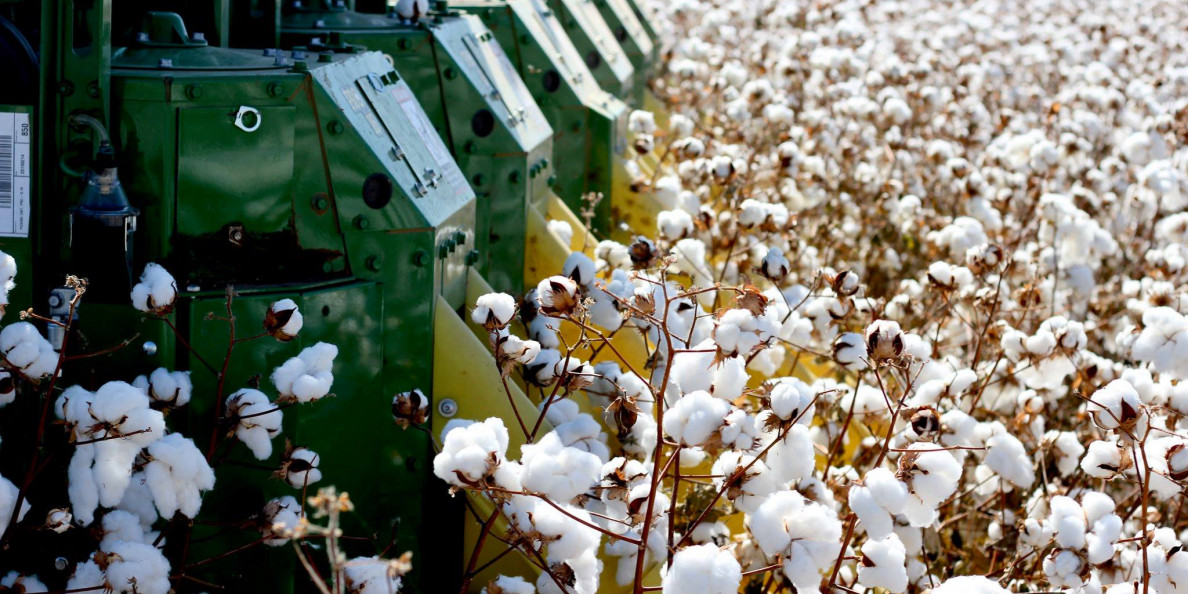By Serinna Liu, University of Georgia Cotton Economist
Along with the Life-and-death struggle and the rising cases of Covid-19, financial markets worldwide have lurched lower. The sell-off of the U.S. stock market started on Feb. 21, 2020. Since then, the great coronavirus crash has been frightening in its speed.
Even U.S. Treasury bonds and gold, traditionally a safe harbor in times of crisis, have come under pressure. Crude Oil May 2020 (CLK20) future prices slide to the lowest point at $20.52 per barrel on Mar. 18, 2020.
As investors’ recent pessimism over a coronavirus-induced business slowdown, the cotton market also shadows the pandemic of the coronavirus as well. May 2020 cotton futures for old crop closed at 54.93 cents per pound, and new crop December futures closed at 56.10 cents on Mar. 19, 2020.
Cotton growers need to be aware of the rising volatility and uncertainties in the cotton market. Since the disease outbreak, the cotton supply chain has been severely interrupted. Countries worldwide are implementing social distancing or lockdown, hoping to slow down the spread of the virus. The cotton industry suffers tremendously as the temporary closedown of factories to control the virus.
The long-term impact of the virus is also expected. The aftermath of the coronavirus pandemic is highly likely to result in a global economic slowdown or recession. Cotton products are discretionary items. Thus, the consumption of cotton goes up or down with the economy.
Cotton demands are likely to continue decreasing due to the slowing down of the global economy. The world cotton demand is currently forecasted at 118 million bales, down 5 million bales from the last peak in 2017.
On top of everything discussed so far, the U.S. dollar appreciates during the time of crisis as investors are seeking a safety harbor. This appreciation of the U.S. dollar further hinders the export opportunity for cotton. In 2019, 83 percent (16.5 million bales) of cotton produced in the U.S. were exported and traded in the global market.
U.S. cotton relies on the global market and international trade to consume excess supply and support domestic prices. The decline in oil prices is likely to increase the competition of synthetic fiber down the road, similar to what we observed after the drop in oil prices during the 2008 financial crisis.
The uncertainties in trade make cotton profitability more challenging. The signing of the Phase 1 trade deal between the U.S. and China on Jan. 15 gave the cotton market a short period of optimism. China agreed to purchase at least $40 billion worth of agricultural products for each of the next two years.
However, no details are released so far about how China will be able to fulfill this large purchase of agricultural products. The outbreak of the coronavirus further increased the uncertainty in trade.
USDA Farm Service Agency announced the weekly average adjusted world price (AWP) and loan deficiency payment (LDP) rate every Thursday in the Upland Cotton Announcement. The AWP is currently at 49.95 cents per pound.
The LDP rate of 2.05 cents per pound is available from Mar. 20 through Mar. 26. The LDP rate is the difference between the base loan rate of 52.00 cents and the AWP. If taking the LDP, the producer should be aware that there is no further protection from prices going even lower.
Producers can wait until Mar. 25 or Mar. 26 in poping their cotton to see what the prices hold for next week. If a producer is willing to take the risk and feels that cotton prices are going to improve, then the producer could take the LDP and market the cotton later.
Looking ahead, producers need to be aware of the continuous risk of down-side price weakness and volatile cotton prices. It might take a while before we see a recovery of cotton prices. Strategies to improve productivity or cutting costs are highly recommended during the time of low cotton prices.


